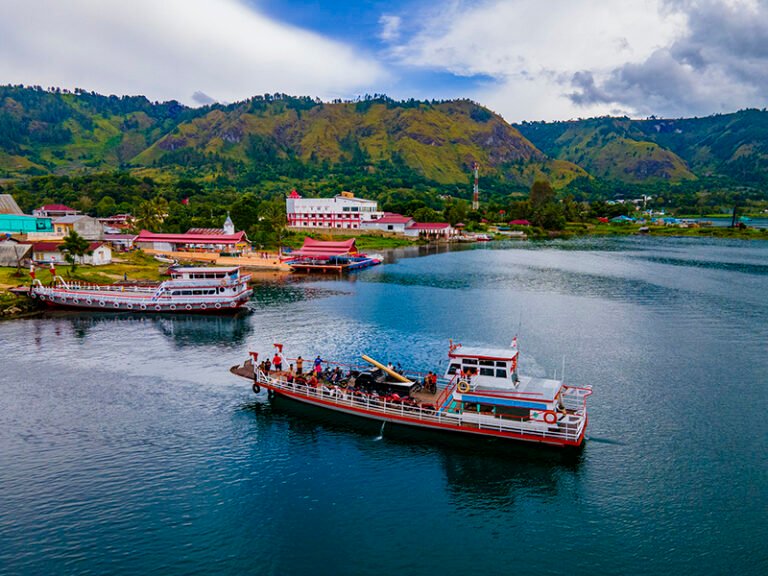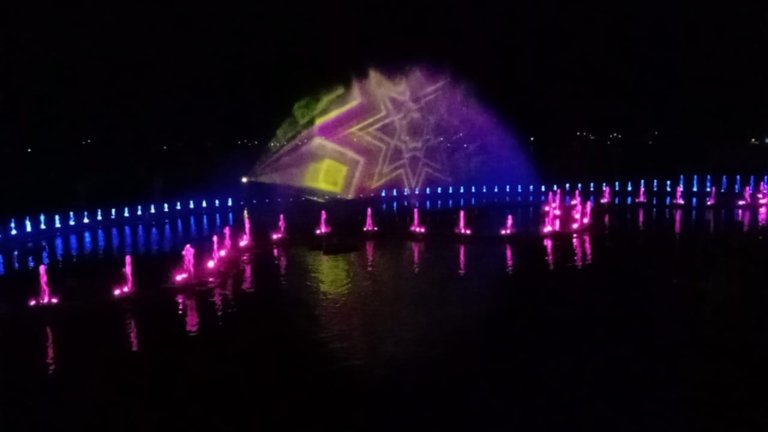This post is also available in:
![]() Indonesia (Indonesian)
Indonesia (Indonesian)
Profile
This post is also available in:
![]() Indonesia (Indonesian)
Indonesia (Indonesian)
Thematic: Geodiversity
- Sibandang-Pardepur post-calderic volcanic formations
- Sibandang, volcanic con
Geological Aspects
This area is part of the traces of the third generation Toba caldera formation (74,000 years ago), or what is also known as the ‘supervolcano’ eruption, covering an area of 497km² which is part of the North Tapanuli and Humbang Hasundutan Regency areas. In this Geoarea there can be a sequence of Youngest TufaToba (YTT) deposits starting from final ash deposits covering plateaus that have experienced hydrothermal change, unwelded to welded ignimbrite deposits, bedrock formations consisting of meta sandstone, limestone and Tertiary volcanic breccia which is rarely found in the Toba Caldera area. The panorama of the natural landscape that can be seen from several places in this area gives a different nuance of beauty from other points of view. Sibandang dacitic dome Sibandang N 02 20’53.9” E 098 54′ 06.0” Pardepur Dacitic lava can be seen below.
Biological Aspects
The Toba mango is a mango native to North Sumatra which grows widely, especially in the Samosir area. There are lots of mangoes growing there, which are famous for their unique shape and very sweet taste. Toba mangoes are usually sold along the roads in the Danu Toba area. If you visit Lake Toba, there’s no harm in stopping by and tasting the deliciousness of this mango directly.
Cultural Aspects
In traditional villages, you often find stone fences surrounding the hut. The fences are arranged using natural stones that are stacked and glued together. The entrance to the hut was also made in a small size. These fences can even be found outside the hut and are arranged very neatly even though they are covered in moss and overgrown with wild plants. The function of the stone fence itself is as a barrier and protector of the forest.
Salaon (Indigofera tinctoria) is a plant whose sap is used to dye dark blue and close to black on one of the traditional Batak cloths, namely ulos. Sona (Pterocarpusindicus) and Jabi-jabi (Ficussp) are plants whose sap is used to dye red on one of the traditional Batak cloths, namely ulos.
Hundul Stone or what local people call Partungkoan Stone is a stone for trials led by a Huta king. Batu Hundul has coordinates 02°21’19.30” N and 98°54’37.03” E. This Hundul stone is made from stone which is shaped like 7 chairs in a semi-circular formation. But unfortunately, these stones have now been painted white by their descendants so that their original color is no longer visible. The bottom has also been cemented so it looks clean and even.
Terkait
Map
Sorry, no records were found. Please adjust your search criteria and try again.
Sorry, unable to load the Maps API.



































